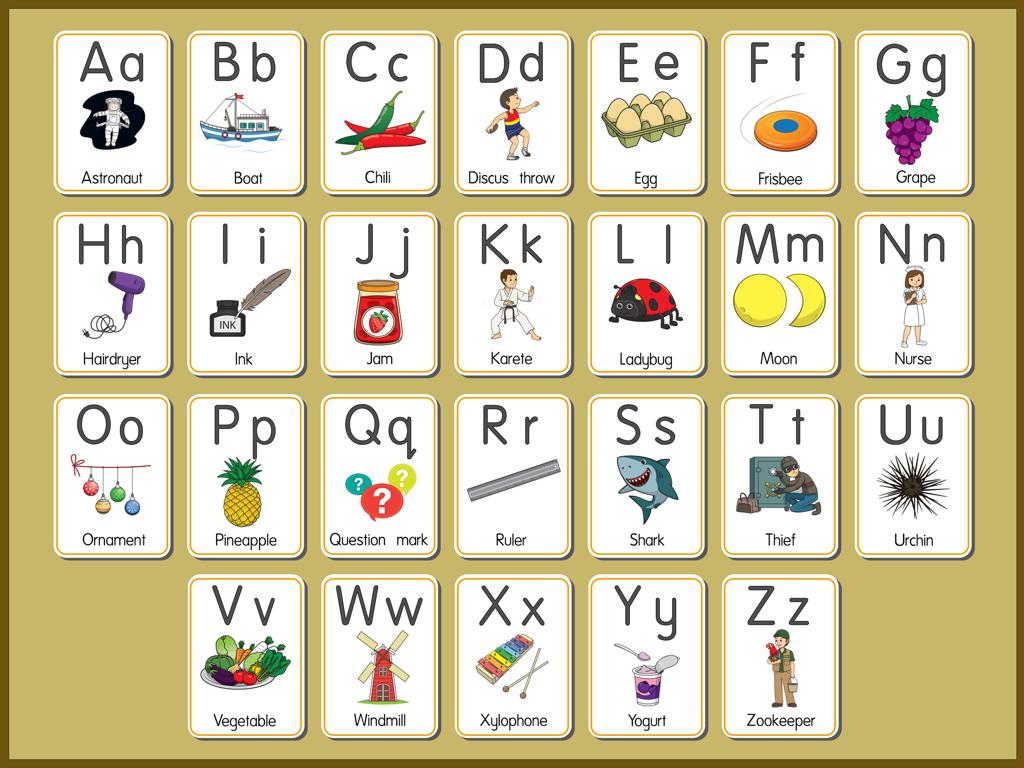Antebellum Period: Economies Of The North And South
Subject: Social studies
Grade: Fifth grade
Topic: Early 19Th Century American History
Please LOG IN to download the presentation. Access is available to registered users only.
View More Content
Antebellum Period: North vs. South Economies
– What is the Antebellum Period?
– Time before the Civil War, early 1800s to 1860s
– ‘Antebellum’ explained
– ‘Antebellum’ means ‘before the war’ in Latin
– North’s economy overview
– Based on industry and manufacturing
– South’s economy overview
– Depended on agriculture and plantations
|
Today’s lesson will introduce students to the Antebellum Period, a significant time in American history just before the Civil War. The term ‘Antebellum’ comes from Latin and means ‘before the war.’ During this time, the economies of the North and South were vastly different. The North was industrialized with factories and manufacturing, while the South’s economy relied heavily on agriculture, particularly cotton plantations. Understanding these differences is crucial to comprehending the social and political tensions that led to the Civil War. Encourage students to think about how the economy in their own region might be different from other parts of the country.
Understanding the Antebellum Period
– ‘Antebellum’ defined
– Antebellum means ‘before the war’, in Latin
– Time before the Civil War
– This period is the decades leading up to the Civil War
– Antebellum’s historical significance
– A critical era shaping the U.S., leading to conflict
– Contrast of Northern and Southern economies
– The North industrialized while the South remained agrarian
|
The term ‘Antebellum’ comes from Latin and means ‘before the war’. In American history, it refers to the period leading up to the Civil War, which lasted from 1861 to 1865. This era is significant because of the economic, cultural, and political developments that eventually led to the conflict between the Northern and Southern states. The North was characterized by rapid industrialization and urbanization, while the South’s economy was primarily based on agriculture and relied heavily on slave labor. Understanding the differences in these economies is key to comprehending the underlying causes of the Civil War. Encourage students to think about how the economies of their own region might have looked during this time.
The Northern Economy During the Antebellum Period
– Diverse industries in the North
– Economy not just farming; included trade, manufacturing
– Growth of factories
– Factories for textiles, tools, and more were built
– Immigrants as workforce
– Many immigrants worked in these growing industries
– Impact on Northern society
|
This slide aims to give students an overview of the Northern economy during the Antebellum Period. Emphasize the diversity of the Northern economy, which was not solely based on agriculture but also on trade and manufacturing. Discuss the industrial revolution’s impact on the North with the rise of factories, especially in textiles, which led to urbanization. Highlight the role of immigrants who provided the labor force that fueled industrial growth. Explain how these factors combined to shape the society and economy of the Northern states during this era. Encourage students to think about how the changes in the economy could have affected daily life and the relationships between different groups of people.
The Southern Economy During the Antebellum Period
– Agriculture-driven economy
– The South’s wealth was tied to farming, especially cotton.
– ‘Cotton is King’
– Cotton became the main crop, driving the economy and exports.
– Reliance on slave labor
– Slaves were forced to work without pay, crucial to the plantation system.
– Plantations: The economic units
– Large farms that grew cash crops, mainly operated by slave labor.
|
This slide aims to give students an understanding of the Southern economy during the Antebellum Period. Emphasize that agriculture, particularly cotton cultivation, was the cornerstone of the Southern economy. The term ‘Cotton is King’ reflects cotton’s importance as a cash crop that was in high demand for textile manufacturing. Slave labor was an unfortunate and integral part of this economy, with enslaved people being the primary workforce on plantations. Plantations were large-scale farms that focused on producing cash crops for profit, not for feeding the local population. Discuss the ethical implications of slave labor and its impact on society. Encourage students to think critically about how economies can be dependent on certain industries and the consequences of such dependencies.
Comparing Northern & Southern Economies
– North vs. South economic differences
– The North was industrial while the South relied on agriculture.
– Each region’s economic dependencies
– The North depended on manufacturing and the South on cotton farming.
– Economic roots of regional conflict
– Disagreements on economic policies and slavery led to tension.
– Understanding the impact on society
|
This slide aims to highlight the stark economic differences between the North and South during the Antebellum Period. The North was rapidly industrializing, building factories, and focusing on manufacturing goods. In contrast, the South’s economy was heavily based on agriculture, particularly cotton farming, which relied on slave labor. These fundamental economic disparities created friction and contributed to the growing divide between the regions, which was one of the factors leading to the Civil War. Encourage students to think about how the economy of a region can shape its society and values. Discuss how these differences in economic interests could lead to conflict, setting the stage for understanding the complex causes of the Civil War.
Daily Life in the North and South
– Urban vs. rural lifestyles
– Cities in the North, farms in the South
– Social classes and opportunities
– North had more social mobility than the South
– Education in the North and South
– North focused on public education, South on private tutoring
– Technology’s impact on daily life
– North had more factories and railroads, South relied on agriculture
|
This slide aims to compare and contrast the daily lives of people in the North and South during the Antebellum Period. Emphasize the urban development in the North with the growth of cities and industrialization, versus the rural, agrarian lifestyle in the South. Discuss the differences in social class structures, with the North offering more opportunities for social mobility. Highlight the contrast in educational systems, with the North investing in public education and the South in private education for the wealthy. Lastly, touch on the technological advancements in the North, such as factories and railroads, and how the South’s economy was heavily dependent on agriculture. Encourage students to think about how these differences might have influenced the perspectives and daily experiences of people living in each region.
Key Figures and Events of the Antebellum Period
– Influential Antebellum people
– Leaders like Harriet Tubman who helped slaves escape
– Events before the Civil War
– The Missouri Compromise and the Dred Scott Decision
– Impact on the nation’s future
– These events led to division and eventually the Civil War
– Understanding history’s influence
|
This slide aims to introduce students to the significant individuals and events of the Antebellum Period that contributed to the shaping of the nation and led up to the Civil War. Highlight figures such as Harriet Tubman and Frederick Douglass, and explain key events like the Missouri Compromise, which tried to balance power between slave and free states, and the Dred Scott Decision, which affected the rights of African Americans. Discuss how these events created tensions between the North and South, setting the stage for the Civil War. Encourage students to think about how the actions of individuals and the outcomes of events can have a lasting impact on a country’s history.
Role-Play Debate: North vs. South Economies
– Divide into North and South groups
– Debate on economic benefits
– Use knowledge from today’s lesson
– Understand both economies
|
This class activity is designed to engage students in a role-play debate to deepen their understanding of the Antebellum Period economies. By dividing the class into two groups representing the North and the South, students will use information from today’s lesson to argue the benefits of their assigned economy. Encourage students to explore the industrial focus of the North and the agricultural reliance of the South. Provide guidance on how to form arguments and how to respectfully counter the opposing side. Possible activities include researching key industries, preparing opening statements, and presenting historical figures’ perspectives. This activity will help students appreciate the complexities of the economic divide during the Antebellum Period and enhance their critical thinking and public speaking skills.






